An Art & Engagement class:
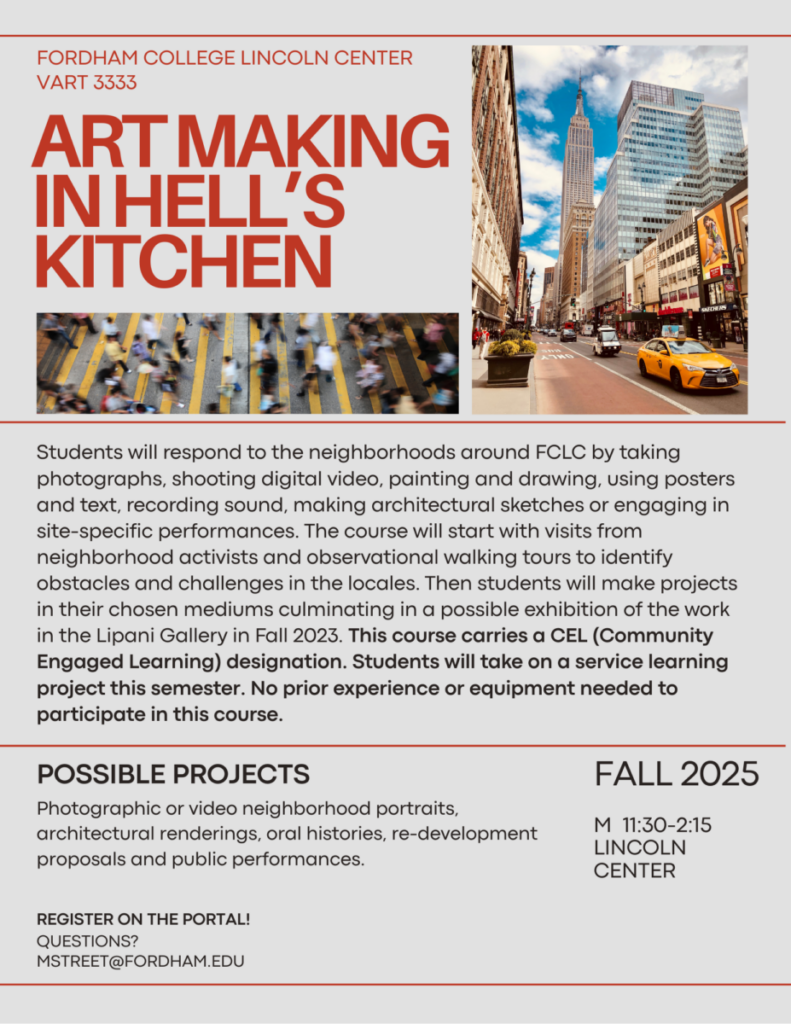

Thursday April 3, 2:30-5pm | Campbell Multipurpose Room, Rose Hill Campus
Limited number of free registrations here: https://forms.gle/DRsCapPNea5f22gVA
Kalamkari is a 3,000-year-old textile craft that originated as a medium of storytelling using a bamboo pen and natural dyes. This traditional art form involves at least 23 individual stages and is currently practiced only in Sri Kalahasti, India.
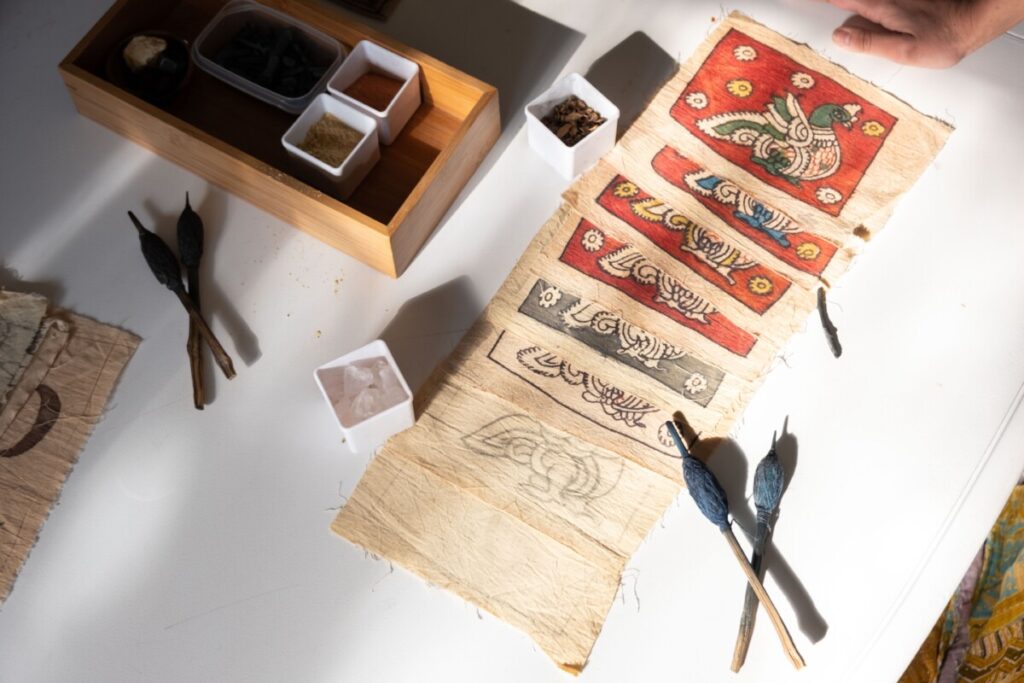
This workshop given by Fashion Designer Nikita Shah consists of a live demonstration and a simultaneous critical discussion of its history. Participants learn to create a simple piece of kalamkari.

WORKSHOP STRUCTURE:
Brief presentation on history of Kalamkari (30-40 mins)
Demonstration & creation of kalamkari piece (1-2 hours)

Website with more info: https://www.un-title.com/workshops
This workshop is co-presented by Fashion Studies, Art & Engagement and the Center for Community Engaged Learning. Organized by Catalina Alvarez.
Featuring: Cat Applebaum, Spencer Balter, Julia Boberg, Sara Lockett, Arina Medvedeva, Madison Nash, Erin Newtown, Booch O’Connell, Caroline Wong

The Fordham University Galleries
December 6, 2023 – February 7, 2024
Fordham University at Lincoln Center map
113 West 60th Street at Columbus Avenue
New York, NY 10023
fordhamuniversitygalleries
Every fall, Visual Arts majors persuing their thesis projects work together in the Senior Seminar course to discuss and develop their work – and to support one another in realizing a solo or two-person exhibition in the spring. This show presents a selection of the works produced, to date, by those students.
The poetic exhibition title was conceived of by the students. It reflects both the overlap and the differences in their projects, which come together to touch on themes of loss, chance, movement, memory, the unspoken, trauma, obfuscation, and, as one student wrote in her statement, “the loud and incessant beauty of living.”
“the loud and incessant beauty of living” comes from the statement of Booch O’Connell
Link to the exhibition
For more information, please contact Vincent Stracquadanio
Featuring: Catalina Alvarez, Amie Cunat, Aseel Sawalha, Vincent Stracquadanio
Reception December 1st – 6:00pm to 8:00pm
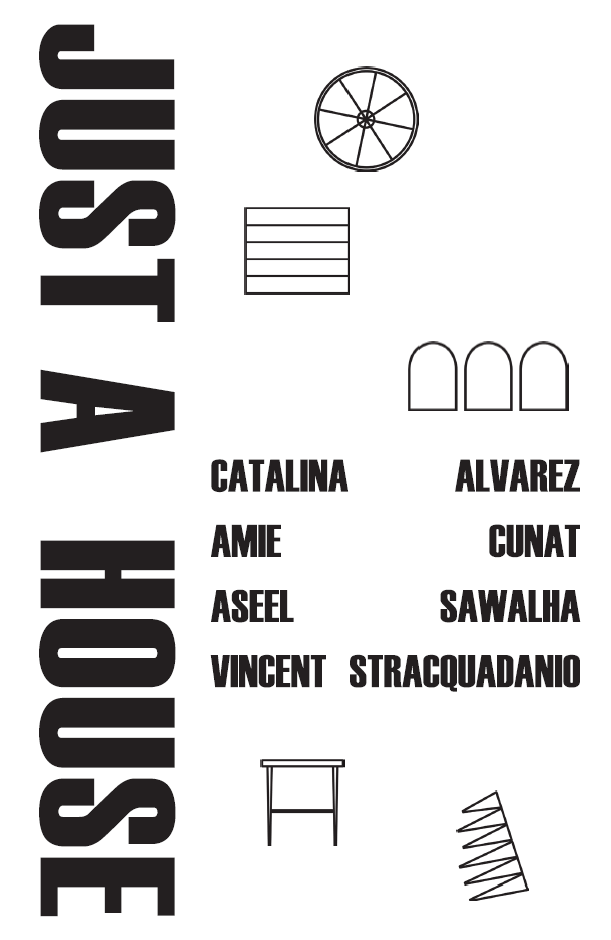
The Fordham University Galleries
Fordham University at Lincoln Center map
113 West 60th Street at Columbus Avenue
New York, NY 10023
fordhamuniversitygalleries
Fordham University and the Visual Arts Department is pleased to present Just a House, a group exhibition featuring the work of four faculty members.
How do we form feelings of beloning? Are there boundaries that describe the contour of these notions? What histories are they made from? Just a House explores ideas of displacement, familiarity, comfort, and connection through sculptural installation. Each artist uses a domestic material or motif, along with an element of suspension from the gallery’s ceiling to prompt conversation about the complicated, sometimes precarious nature of belonging.
Within Catalina Alvarez’s intimate installation, a grouping of two birch stools (by Peter Blasser), a wooden table (by Daniel Fishkin), a rocking chair, and animal skins invite a visitor to watch two chapters from her anthology film, Sound Spring (Seq. #5 & #7), projected onto a centralized plinth. Unfolding in a series of eight vignettes, Sound Spring explores the history of Yellow Springs, Ohio over hundreds of years, as narrated by its residents in comical scenes: one interviewee rollerblades and reads the village’s water meters, another stands on his head in a breakdancing freeze. The villagers describe American history—their ancestors’ settlements after slavery, a friendship with Coretta Scott King, and Ohio’s Trail of Tears— among other more personal details of village life. By interacting with their own previously recorded media, villagers uncover layers of time and storytelling.
In Days I’ve Spent, Times I’ve Tried, Vincent Stracquadanio paints sequential rows of Coliseum-like archways on a bed sheet to describe a liminal space between structured architecture and soft installation; between positive and negative space; between conscious and dream worlds. With imagery that draws from Sicilian folkloric traditions, Etruscan frescoes, and Giallo horror films, Stracquadanio frequently uses patterns, gestural abstraction, or archetypical forms to flatten or expand space. The artist generates a purposeful lack of solidity and definition –as if ghostly forms are departing and floating through a dreamlike miasma—offering expressions of grief and longing.
Central points of tension acknowledge and defy the gravity of Aseel Sawalha’s objects. Lantern contains a multitude of hand-folded, paper shapes, which are connected by a system of crocheted netting that cascades from the gallery’s ceiling. The organic entanglement of the vermillion thread contradicts the sharpness of the geometric elements it binds. Passages and Spooler are made of reformations of discarded Fordham books and other found objects (Christmas tree stand, discarded mail tubes).The artist’s work is informed by ethnographic fieldwork research with Bedouin tribes, post-war Beirut, New York City women artists and the art scene in Jordan and Palestine. Meticulously constructed, the sculptures are hybrid restructurings of found books and print matter modified by hand rolling and quilling, weaving, and paint, which mesh forms from modern and post-modern visual arts with techniques from traditional Arabic and Palestinian handicrafts.
Made from paper materials and paint, Amie Cunat’s structure –with ubiquitous siding on its façade and a hunter green interior—resembles an excerpt from a Midwestern ranch-style home. Assumptions about its locale and reference are complicated by its construction. Influenced by unnamable sentience within horror movies like the The Blob, The Thing, and Them! and false front architecture, Cunat’s object contains two Crappie gills that disrupt the logical continuity of its domestic container. Window and Gills, Tatami Tan is both alien and familiar; animal and built.
Link to the exhibition
For more information, please contact Vincent Stracquadanio
For the Visual Arts Department Blog: click here.
For the Visual Arts Department Website: click here.
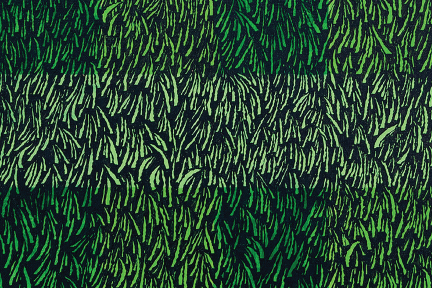
Fifteen, Sixteen Foxes
Paintings by Dan Fig
Reception December 1st – 6:00pm to 8:00pm
The Fordham University Galleries
Fordham University at Lincoln Center map
113 West 60th Street at Columbus Avenue
New York, NY 10023
fordhamuniversitygalleries
Dan Fig, not so much the pessimist as the anxious doubter, stares the Gorgon in the face: if our consciousness is being molded by GUIs (graphical user interfaces), he proposes, wide-eyed, to let into the same space a whole host of different realities. The result is an orbit without anchor point, a web of relativity, a sui generis game of self-cancelling logic. Play is a method here as well: a way of channeling the energy (terror) of life in times of clip-art overload, but without faith that any revelation will ensue. From a surfeit of pictures, a tight grid emerges.
The paintings endure this tightening stoically. It’s worth noting that for the Stoics, the goal of indifference was freedom.
-Text by Gaby Wolodarski
Link to the exhibition
For more information, please contact Vincent Stracquadanio
For the Visual Arts Department Blog: click here.
For the Visual Arts Department Website: click here.
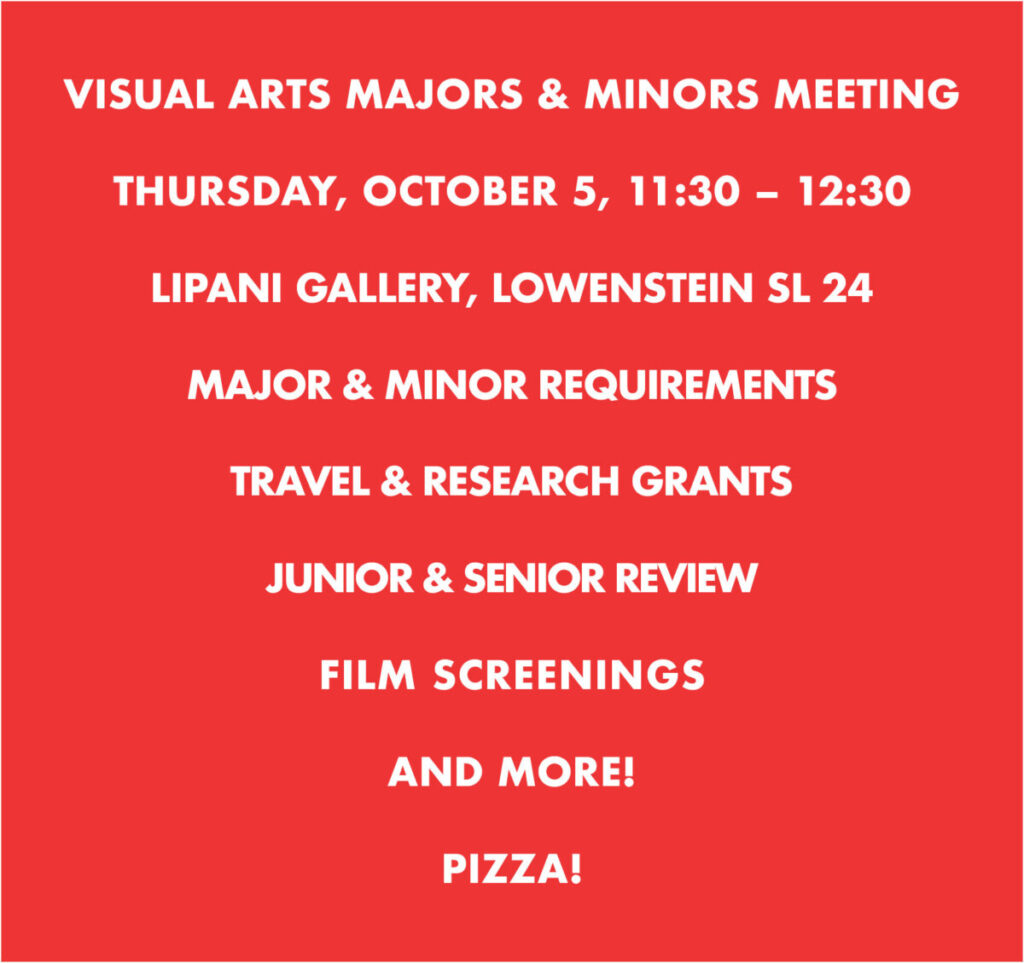
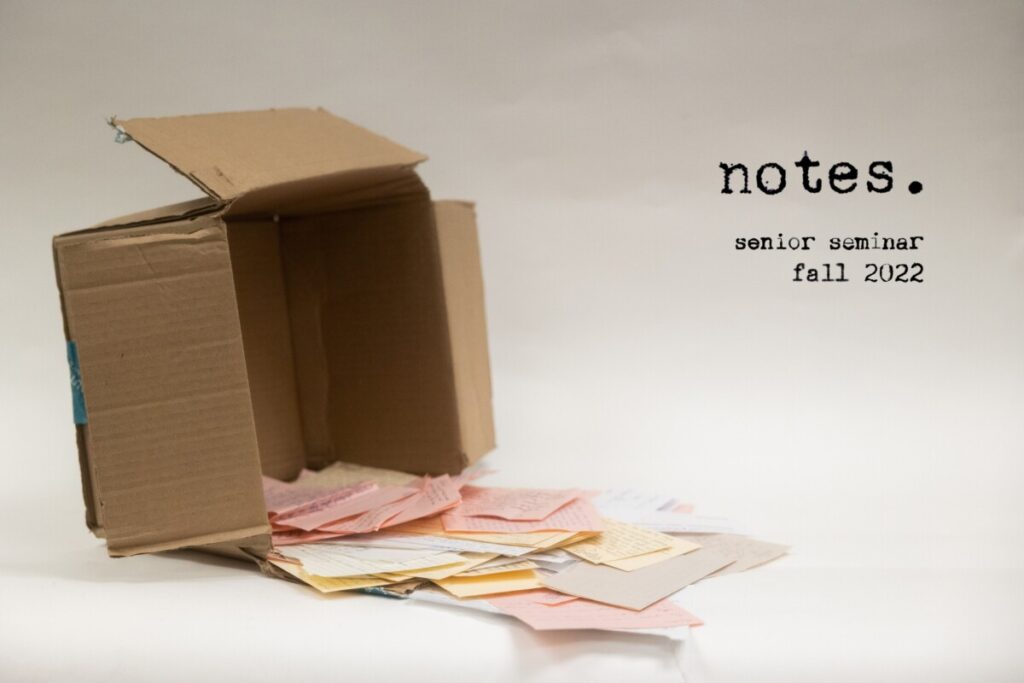
| Featuring: Lu Aubin, Alexandra Chambers, Bryson Clark, Alyssa Daughdrill, Molly Frank, Katherine Heaton, Anna Koch, Chloe McGee, Maggie McNamara, Amelia Medved, Angela Payne, Dino Romano, Slav Velkov, Schuyler Workmaster, John Zahran-Colon The Fordham University Galleries December 9, 2022–January 31, 2023 Fordham University at Lincoln Center map 113 West 60th Street at Columbus Avenue New York, NY 10023 fordhamuniversitygalleries *Outside visitors must show proof of vaccination and booster to enter the school.The Fordham University Department of Visual Arts is pleased to announce the current exhibition in Fordham University’s Lipani Gallery, notes. (Highlights from the Senior Seminar: Studio Art). This exhibition brings together the fifteen artists who participated in the 2022 Senior Seminar: Lu Aubin, Alexandra Chambers, Bryson Clark, Alyssa Daughdrill, Molly Frank, Katherine Heaton, Anna Koch, Chloe McGee, Maggie McNamara, Amelia Medved, Angela Payne, Dino Romano, Slav Velkov, Schuyler Workmaster, John Zahran-Colon. The work on display represents a snapshot of their endeavors thus far and provides a glimpse into their upcoming senior thesis exhibitions beginning in March 2023. Their chosen mediums range between architecture, film/video, graphic design, installation, painting & drawing, and photography. Accordingly, their styles and topics vary; however, their attention to craft, concept, and message is consistently deliberate and thoughtful. Please be certain to follow our talented emerging artists as they exhibit throughout the spring semester in our Ildiko Butler Gallery and the Susan Lipani Gallery.Stephan Apicella-Hitchcock, co-curator, 2023 Link to the exhibition For more information, please contact Stephan Apicella-Hitchcock For the Visual Arts Department Website: click here. |
The 2022 Senior Thesis Exhibitions have begun, so come out and support our amazing artists!
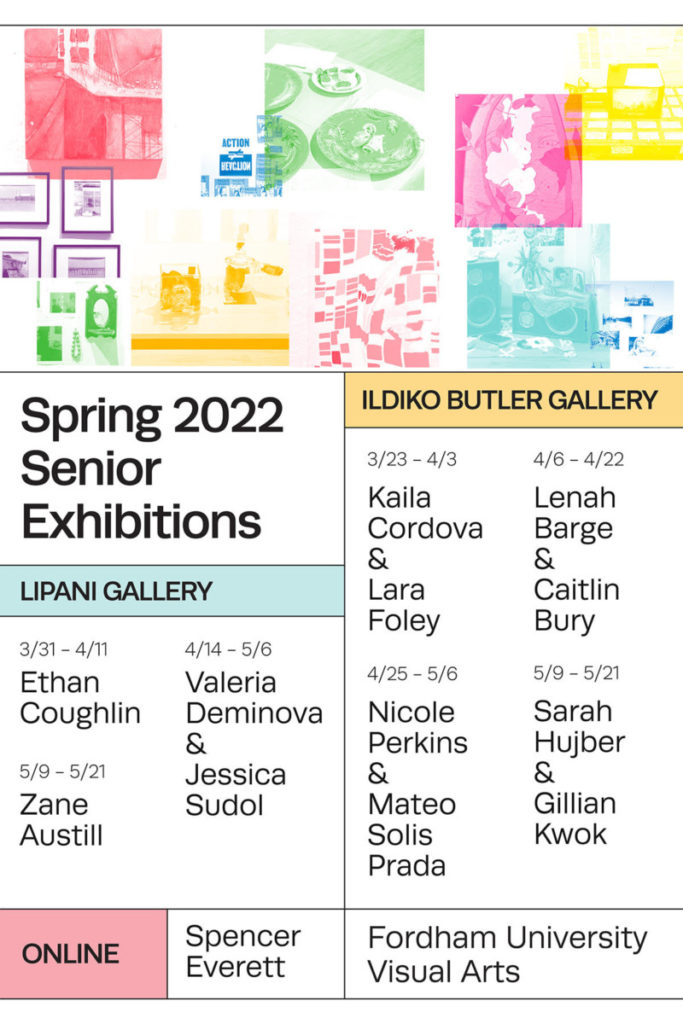
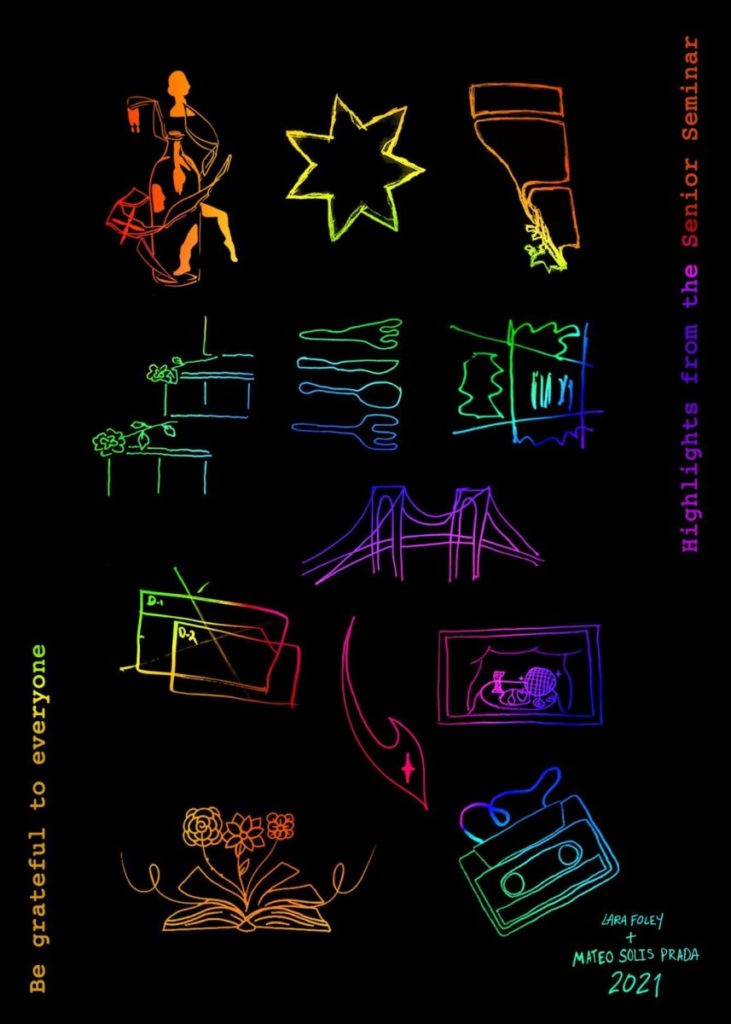
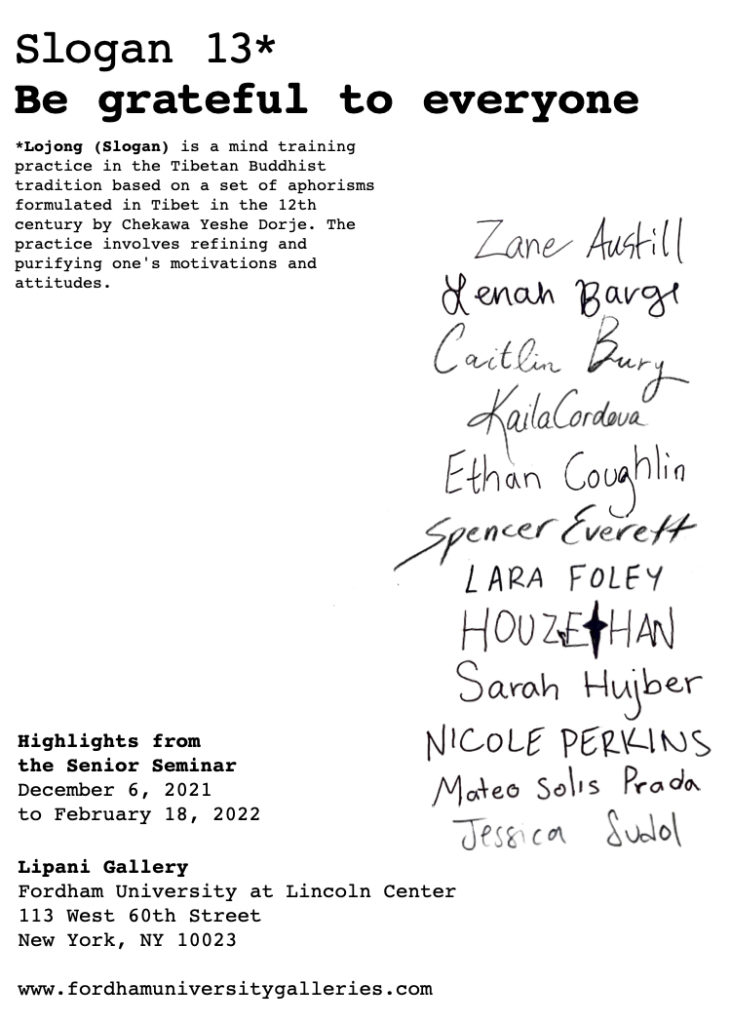
This year’s Senior Seminar exhibition includes work from 12 Visual Arts majors who have worked to present an integrated exhibition, one that celebrates both individual direction and collaboration while inevitably responding to this moment of profound change. As the exhibition’s title suggests, students found ways to make space for new paradigms while engaging in an ongoing conversation revolving around themes of fragility, resilience, memory, transformation, silence, and song. Their work celebrates beauty, personal exploration, historical and political engagement, and empathy, as well as a connection to the sensorial pleasures of materiality, movement, and community.
Zane Austill’s work explores his decision to take a sustained vow of silence. The notes displayed in his installation provide insight into the nature of his conversations since taking the vow, moments both mundane and profound. His film traces the process as he works to understand how an individual need for silence conflicts or is accommodated both inwardly and by those around him.
Lenah Barge looks back to the form of Civil Rights era protest imagery to underscore the long, ongoing struggle for equity in our society. She infuses the form with images from her personal history and asks that we consider engagement, and work towards change.
Caitlin Bury’s installation is inspired by her aunt’s experience as a vocalist in a 1960’s group named The Shannons. Bury finds inspiration and strength in her aunt’s story as she pursues her own creative life, and her project looks at common threads running through their stories as a way of creating histories.
Kaila Cordova creates digital portraits which address the positive and negative emotions that people have experienced during quarantine due to COVID-19. Each image is named after a famous Victorian author and botanical collectives, structures, and arrangements, and relies on the symbolism of Florology to code the images with clues the sitter’s state of mind.
Ethan Coughlin’s My City, Your City is about exploration and the joy of finding unexpected beauty all around you. Coughlin explores New York City and finds wonder in the often unappreciated, hidden places he stumbles upon, such as a colony of Argentine parrots living in the heart of Brooklyn. His installation prompts us to invest attention in the places we call home.
Spencer Everett’s sculptural collages of paper and glass explore the liminal space that exists between the two-dimensional and three-dimensional world. His work addresses the impossible inconsistencies between tangible truth and a “bodiless imposition” experienced in the modern world.
Lara Foley presents painted images on paper and wood that are small in scale and meticulously detailed through layers of pale washes. Foley is interested in the way our subconscious holds onto unanticipated, often peripheral aspects of life, turning small afterthoughts into the moments that continue to carry significance in our lives.
Houze Han makes paintings that convey a deeper, narrative world beyond the canvas, using symbolic shape as language. The composition of each form, the edge, texture, and color, emphasizes the significance of logical, analytical choices made, which in combination transcend their particular forms to tell a story hidden deep inside the artist’s mind.
In her photographic series, Domestic, Nicole Perkins engages the constructs of the interior and the still life to create lush, tightly focused images that ask the question: how do we create a home for ourselves? What does it feel like to be home?
Mateo Solis Prada celebrates the communal experience of sharing a meal via sculpture, sound, and text. His work viscerally conveys the joy of continuity and connection. He sculpts foods that are family heritage, symbols of love and creativity passed down from generation to generation, and the color and care with which he sets his table invites participation in his celebration.
Sarah Hujber photographed the landscape of the American West, spending afternoons in ghost towns where nature was eagerly reclaiming the land lost to human-made structures. Hujber raises questions about lives abandoned, the American Dream, and power of nature in a series of black and white photographs.
In her painting, Not Finished, Jessica Sudol addresses the anxiety that results from the constant demands on one’s time through a slow, methodical meshing of painting and digital structure.
Highlights from the Senior Seminar Website
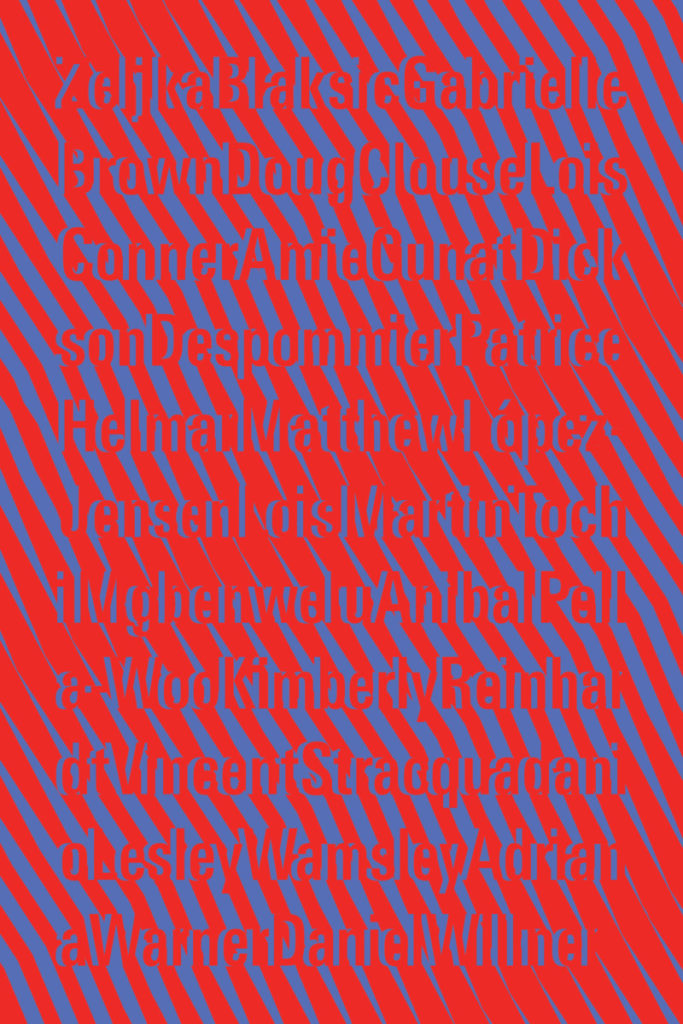
The Fordham University Department of Visual Arts is pleased to announce the release of the 2021 Adjunct Faculty Spotlight catalog on our gallery imprint, Hayden’s Books.
The Department of Visual Arts is fortunate to have so many exceptionally talented Adjunct Professors teaching our students; in fact, we have so many skilled Adjuncts that we had to divide the Spotlight exhibition into two parts during the fall semester. Now, both exhibition installments have been brought together in a single 156-page volume providing a sampling of projects and texts representing each artist/professor.
In both their individual practice and collectively, one can discern a rigorous investigation into visual communication strategies, a spectrum of subjects, and a diverse range of representational methods. Further, this catalog provides an accurate snapshot of the Visual Arts Department, highlighting the breadth of disciplines offered, including film, graphic design, painting, and photography.
The 2021 Adjunct Faculty Spotlight catalog makes manifestly clear that our professors are vital artists as well as outstanding educators in the classroom. The catalog features the following artists: Željka Blakšic, Gabe Brown, Doug Clouse, Lois Conner, Amie Cunat, Dickson Despommier, Patrice Helmar, Matthew López-Jensen, Lois Martin, Anibal Pella- Woo, Kimberly Reinhardt, Vincent Stracquadanio, tochihannah, Lesley Wamsley, Adriana Warner, and Dan Willner.
Organized by Stephan Apicella-Hitchcock
Installation: Wilson Duggan